Case Number : Case 1102 - 12th September Posted By: Guest
Please read the clinical history and view the images by clicking on them before you proffer your diagnosis.
Submitted Date :
M50 4 years, well defined pale area (A) on glans penis with central ulcer (B).
Case Posted by Dr Richard Carr
Case Posted by Dr Richard Carr

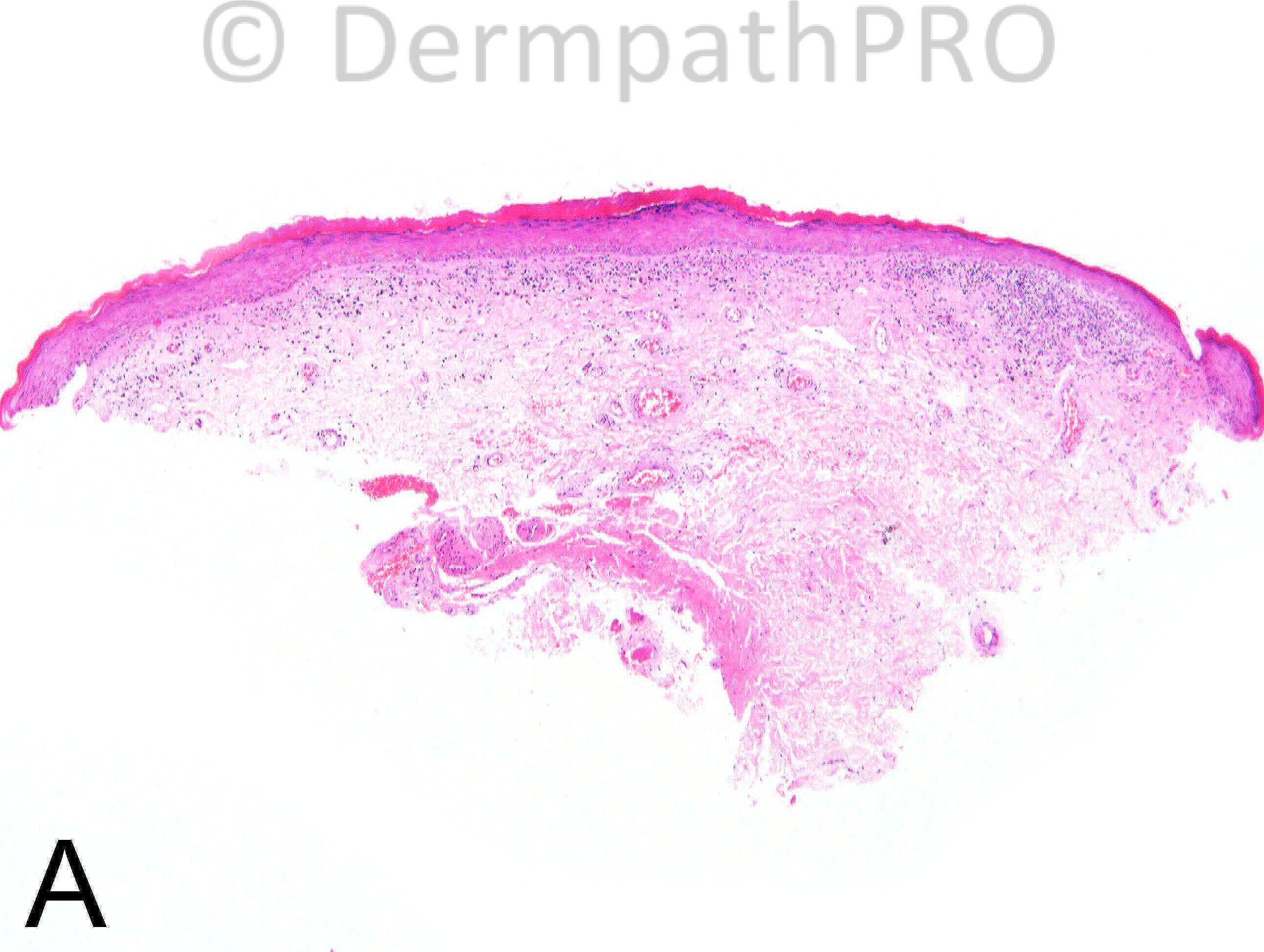

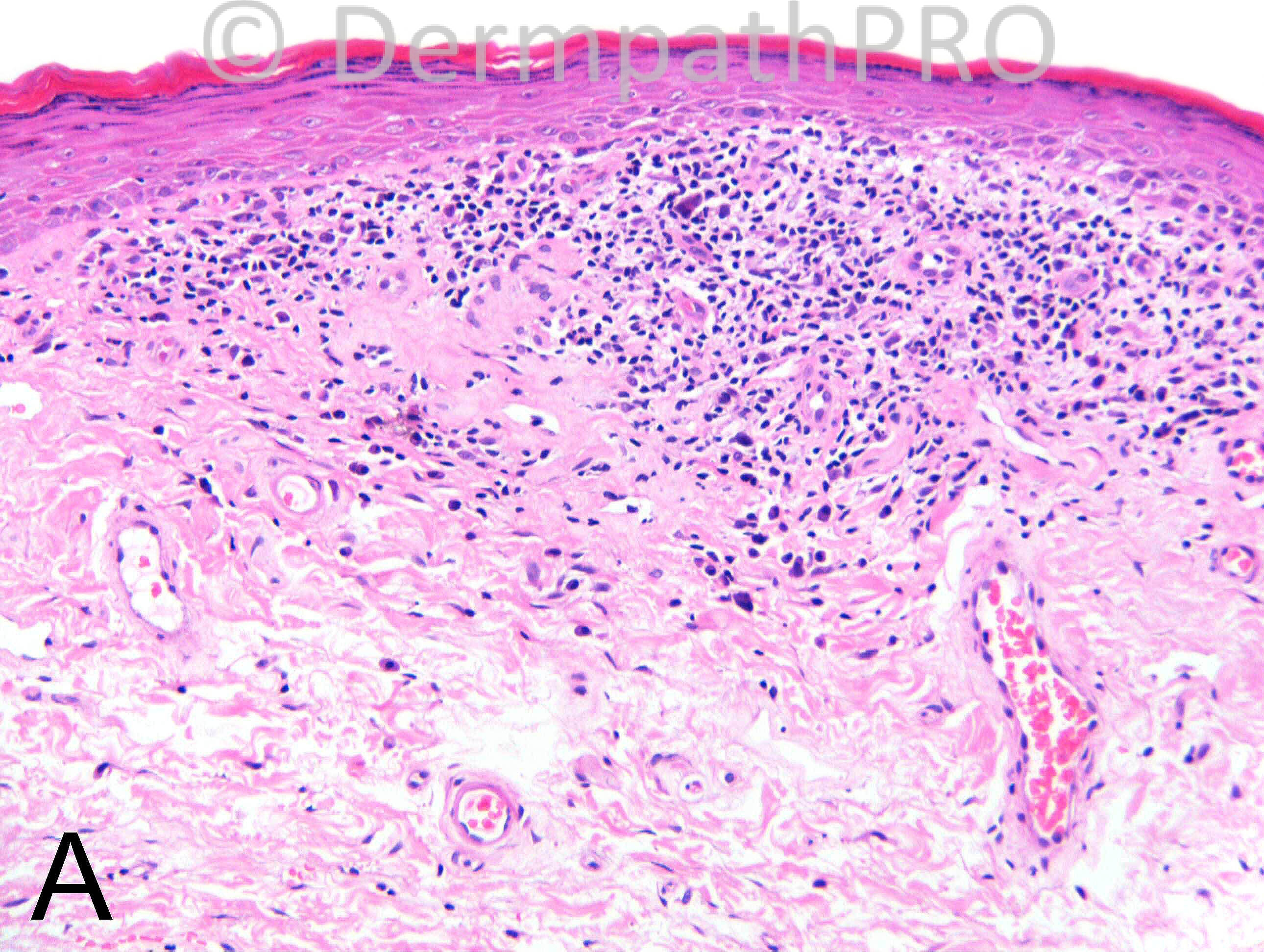
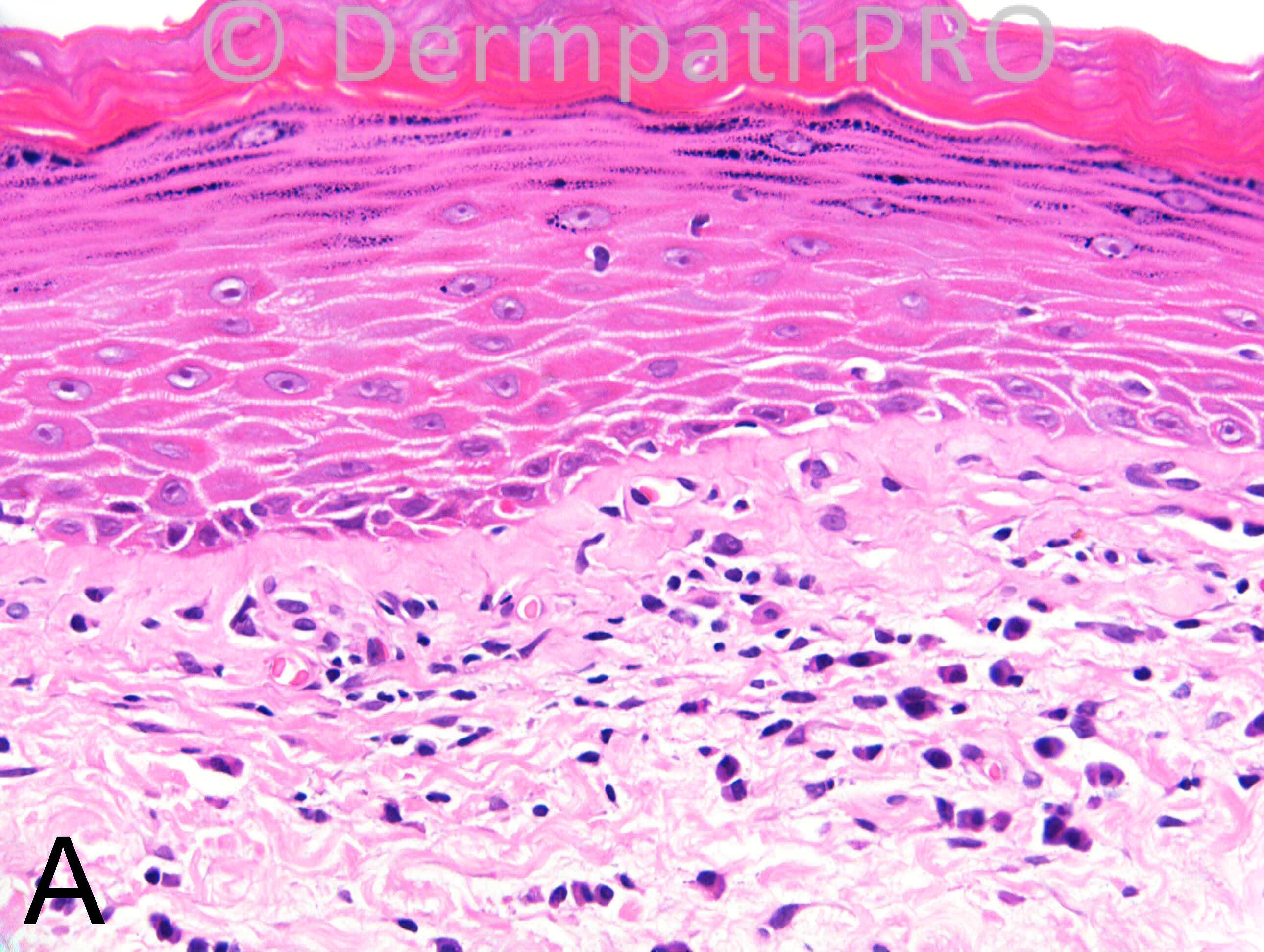
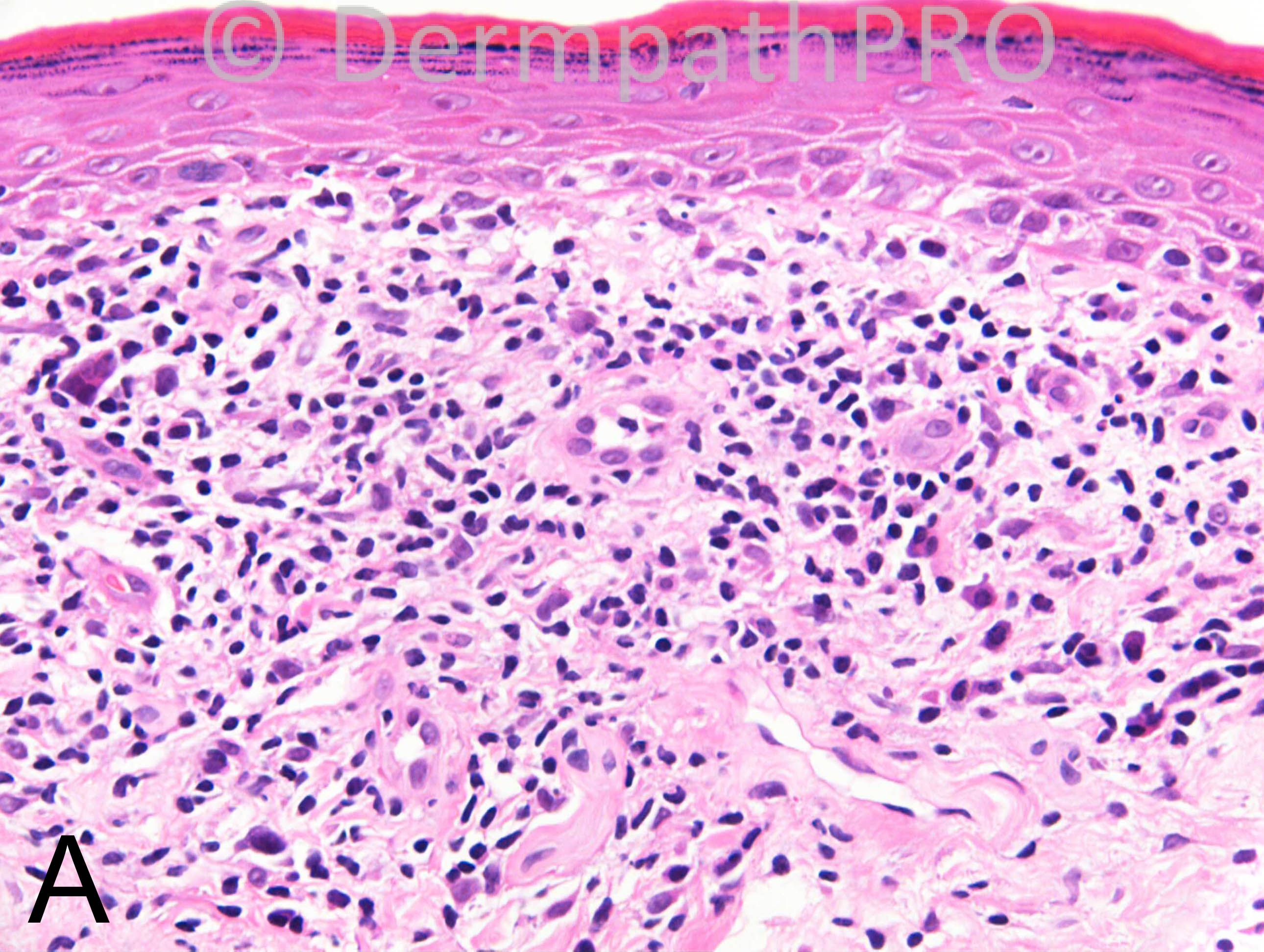
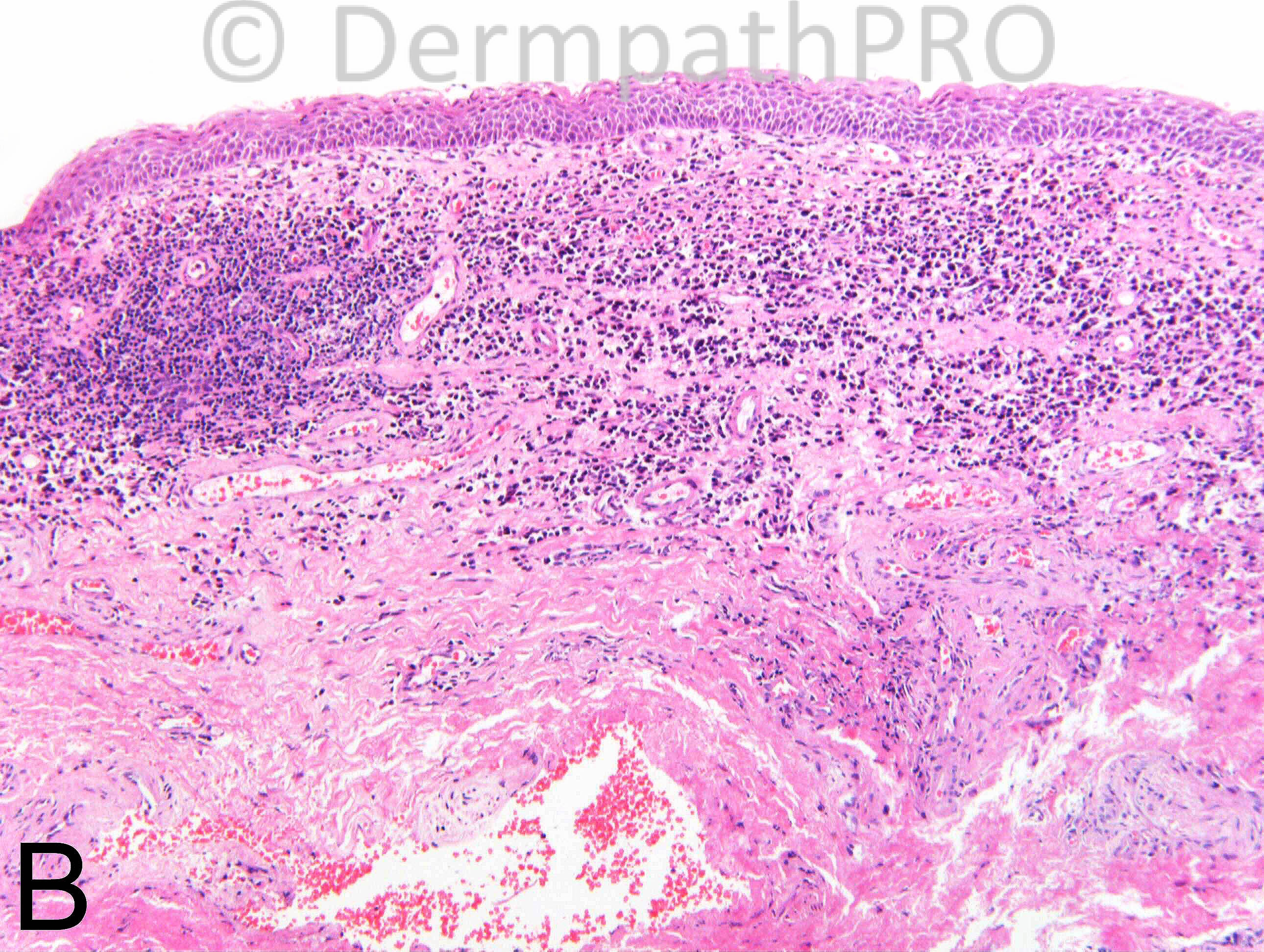
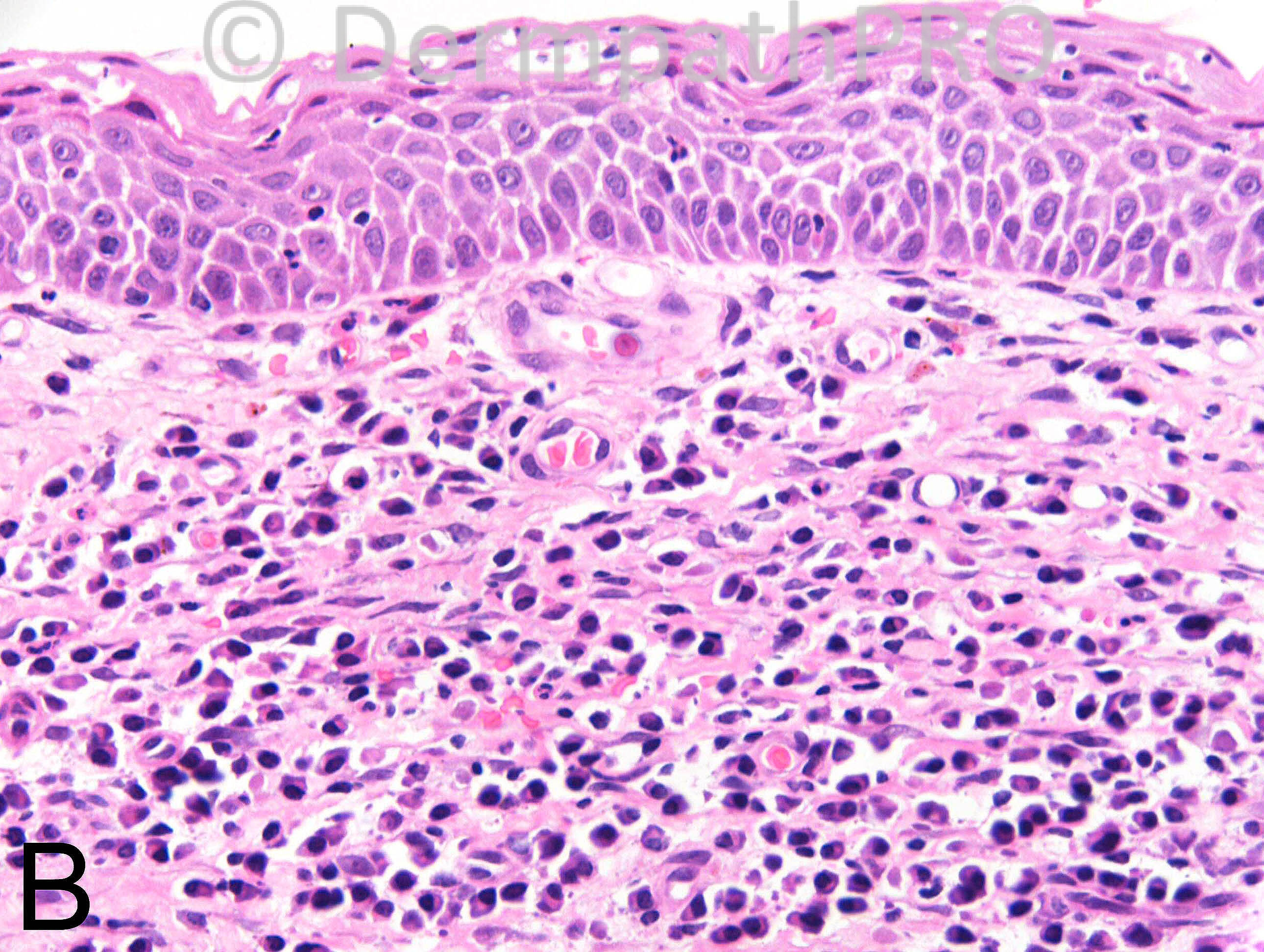
Join the conversation
You can post now and register later. If you have an account, sign in now to post with your account.